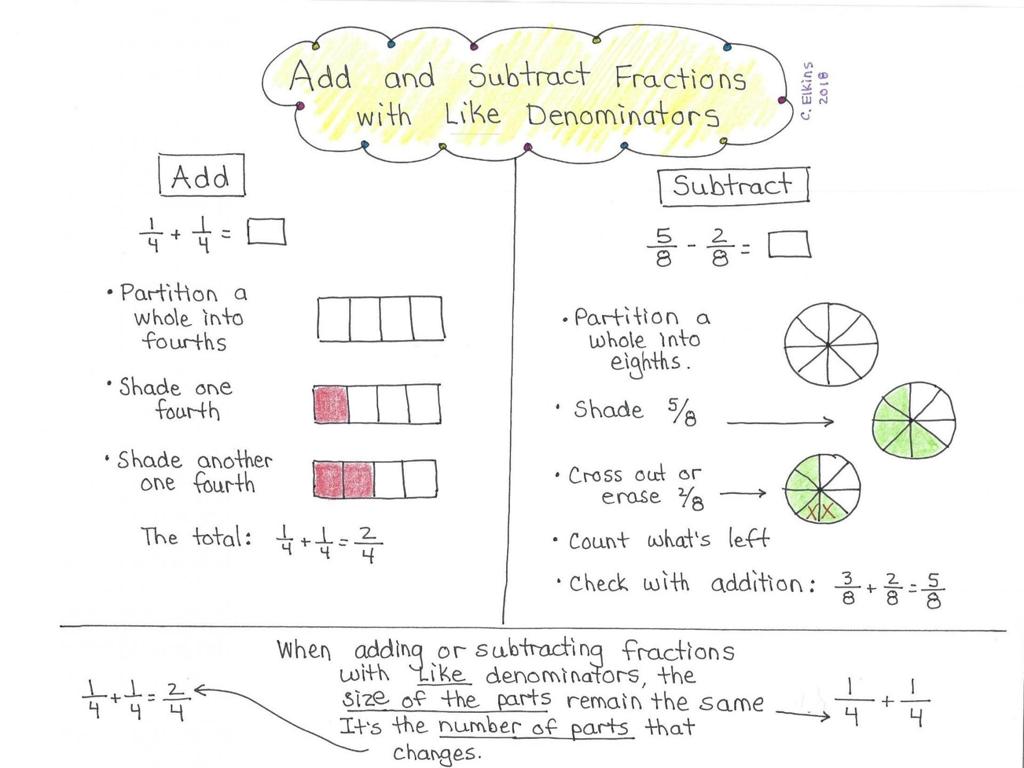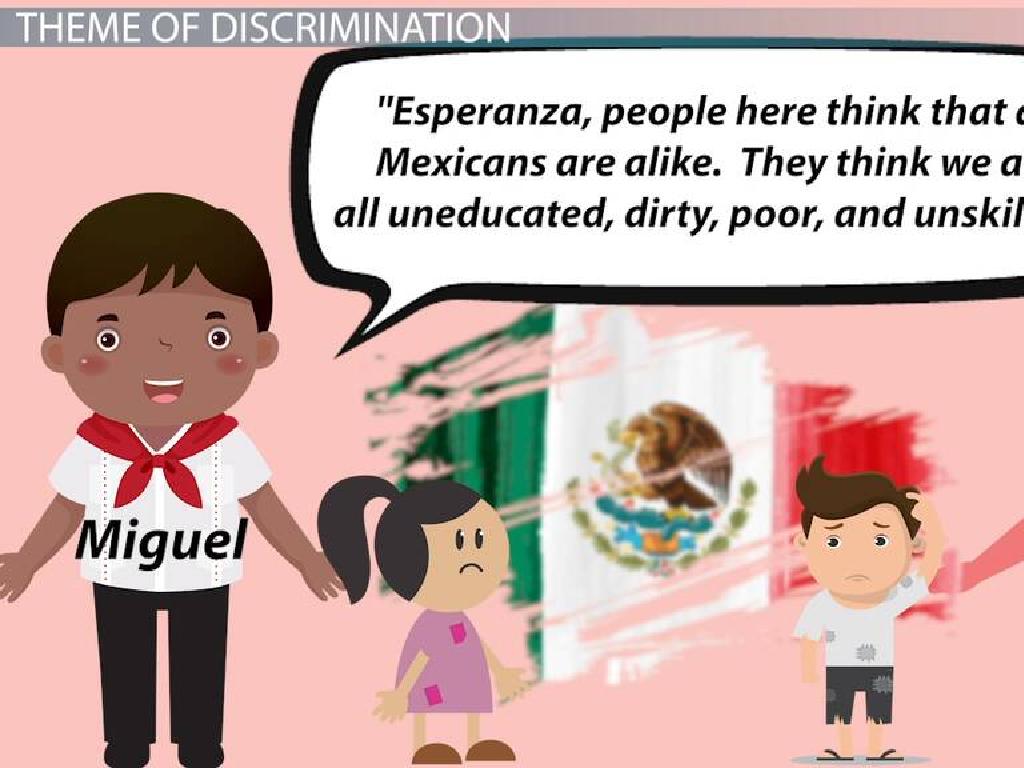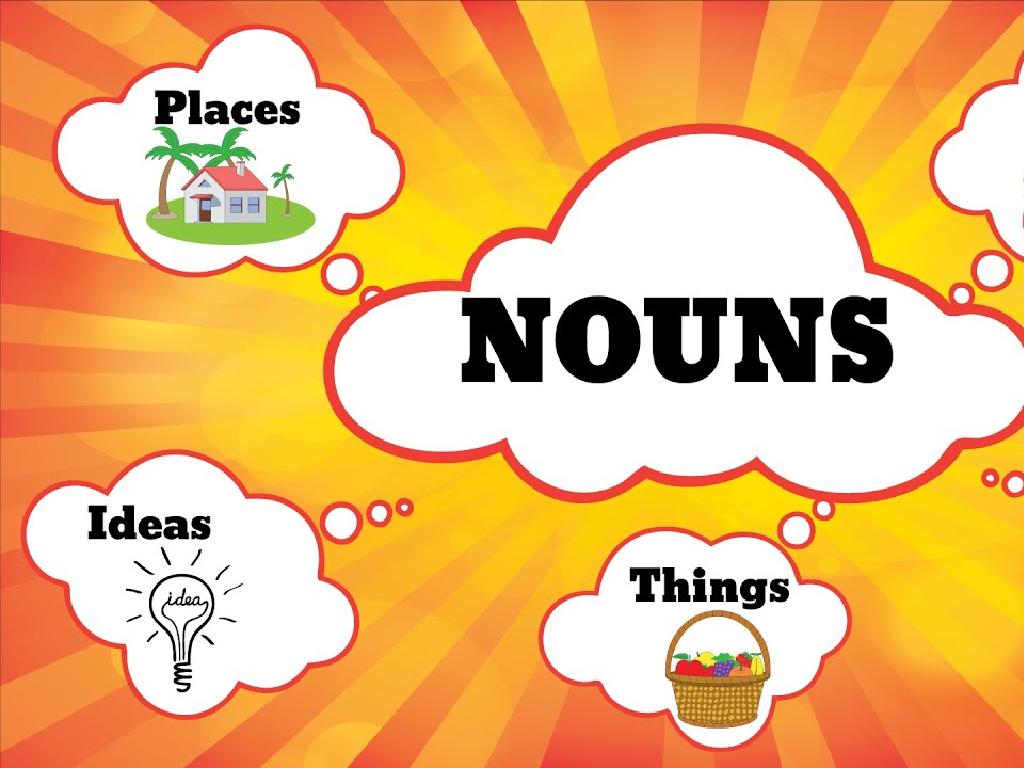Compound Events: Find The Number Of Sums
Subject: Math
Grade: Eighth grade
Topic: Probability
Please LOG IN to download the presentation. Access is available to registered users only.
View More Content
Introduction to Probability
– What is Probability?
– Probability measures the likelihood of an event to occur.
– Probability in Daily Life
– Weather forecasts, sports, and even board games use probability.
– Recap: Simple Probability Events
– Simple events have a single outcome, like flipping a coin.
– Transition to Compound Events
|
Begin the lesson by defining probability as a measure of how likely an event is to occur, using a scale from 0 (impossible) to 1 (certain). Highlight the importance of probability in everyday decisions, such as checking the weather before going out or assessing risks. Recap simple events in probability, which involve only one outcome, to ensure students have a solid foundation before moving on to more complex concepts like compound events. This will set the stage for understanding how to calculate the probability of combined events, which is more applicable in real-world scenarios. Encourage students to think of simple probability examples from their own experiences.
Understanding Compound Events in Probability
– Define Compound Events
A compound event consists of two or more simple events.
– Simple vs. Compound Events
Simple events have one outcome; compound events have multiple outcomes.
– Everyday Examples
Flipping a coin and rolling a die at the same time.
– Calculating Probabilities
Use formulas or create a sample space to find probabilities.
|
This slide introduces the concept of compound events in the context of probability. A compound event is an event with two or more simple events, and it’s important to understand the difference between simple and compound events. Simple events have a single outcome, while compound events combine multiple simple events and thus have several possible outcomes. Provide everyday examples such as flipping a coin and rolling a die simultaneously to illustrate the concept. Teach students how to calculate the probabilities of compound events by using formulas or by creating a sample space, which lists all possible outcomes. Encourage students to think of other examples of compound events and consider how they might calculate those probabilities.
Compound Events: Finding the Number of Sums
– Understanding compound events with dice
– A compound event involves two or more independent events, like rolling dice.
– Calculating possible sums
– Add the number of outcomes for each die to find total possible sums.
– Interactive dice roll activity
– Roll two dice, find all possible sums, and record the results.
– Analyzing outcomes
– Review the results to see the range and frequency of sums.
|
This slide introduces students to the concept of compound events in probability using the familiar example of rolling dice. Begin by explaining that a compound event is the combination of two or more separate events and that the outcome of one does not affect the other, as with dice. Show how to calculate the number of possible sums by considering each die’s outcomes. Engage students with an interactive example where they roll two dice and find all possible sums. This hands-on activity will help them visualize the concept of compound events. After the activity, lead a discussion analyzing the different outcomes, their range, and how often they occur. This will solidify their understanding of probability and compound events.
Calculating Probabilities of Compound Events
– Understanding compound events
– A compound event combines two or more separate events.
– Steps to find probabilities
– List outcomes, find total outcomes, calculate probability for each event.
– Applying probability formulas
– Use P(A and B) = P(A) * P(B) if events are independent.
– Example problem walkthrough
– Let’s solve a problem together to understand the process.
|
This slide introduces students to the concept of compound events in probability, where the outcome is determined by the combination of two or more separate events. Begin by explaining what compound events are and how they differ from simple events. Then, outline the step-by-step process to calculate probabilities, emphasizing the importance of listing all possible outcomes and finding the total number of outcomes. Teach students the formulas for calculating probabilities, particularly when dealing with independent events. Conclude with a guided example problem to solidify their understanding, ensuring to walk through each step clearly. Encourage students to ask questions and solve the problem along with you.
Strategies for Solving Compound Events
– Organize outcomes with tables/trees
– Tables and trees visually represent possible outcomes, making it easier to calculate probabilities.
– Use equations for probabilities
– Equations like P(A and B) = P(A) * P(B) help solve for the likelihood of events occurring together.
– Tips to avoid common mistakes
– Double-check calculations, consider all possible outcomes, and remember that order can matter.
– Practice with examples
|
This slide aims to equip students with strategies to tackle compound event probability problems. Organizing outcomes using tables or tree diagrams helps in visualizing all possible scenarios and is a crucial step in understanding compound events. Emphasize the use of multiplication to find the probability of independent events occurring together. Highlight common pitfalls such as forgetting to consider all possible outcomes or misapplying the multiplication rule. Encourage students to practice with various examples to solidify their understanding and to check their work carefully to avoid errors. Provide several practice problems that require different approaches to ensure students can apply these strategies flexibly.
Class Activity: Probability with Dice
– Group dice rolling experiment
– Record all possible sums
– List outcomes when two dice are rolled
– Calculate sum probabilities
– Use the outcomes to determine the likelihood of each sum
– Discuss experimental vs theoretical
– Compare the actual results with the expected probabilities
|
This interactive group activity involves students rolling pairs of dice to explore compound events and the calculation of probabilities. Divide the class into small groups and provide each group with a pair of dice. Students will roll the dice multiple times, recording the sums of the faces that land up. They will then use the recorded data to calculate the experimental probability of each sum occurring. After the activity, lead a discussion to compare the experimental results with the theoretical probabilities, which can be calculated based on the known number of possible outcomes. This will help students understand the concept of expected outcomes versus actual outcomes and the nature of probability in random events. Possible variations of the activity could include changing the number of dice rolled, using dice with different numbers of faces, or comparing results between groups.
Wrapping Up: Compound Events
– Recap of compound events
– Homework: Solve probability problems
– Practice with dice rolls and card draws
– Advanced probability concepts next class
– We’ll explore more complex scenarios
– Keep practicing!
|
As we conclude today’s lesson on compound events, remind students of the key points covered, such as identifying possible outcomes and calculating the probability of these events. For homework, assign problems that involve dice rolls, card games, or other scenarios where they can apply the concepts learned. Encourage them to think critically about each problem and to practice regularly to solidify their understanding. In the next class, we will delve into more advanced probability concepts, building on the foundation we’ve established today. Make sure to provide clear instructions for the homework and offer to answer any questions they might have before the next class.






